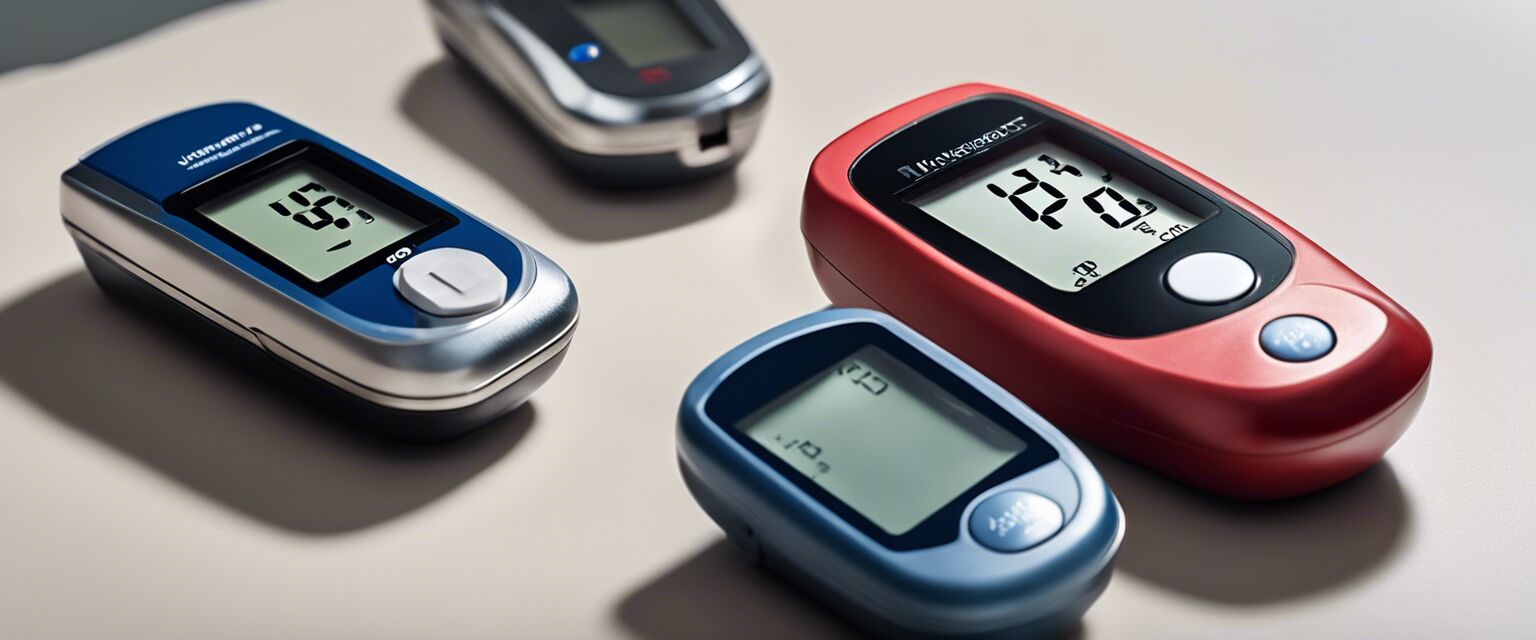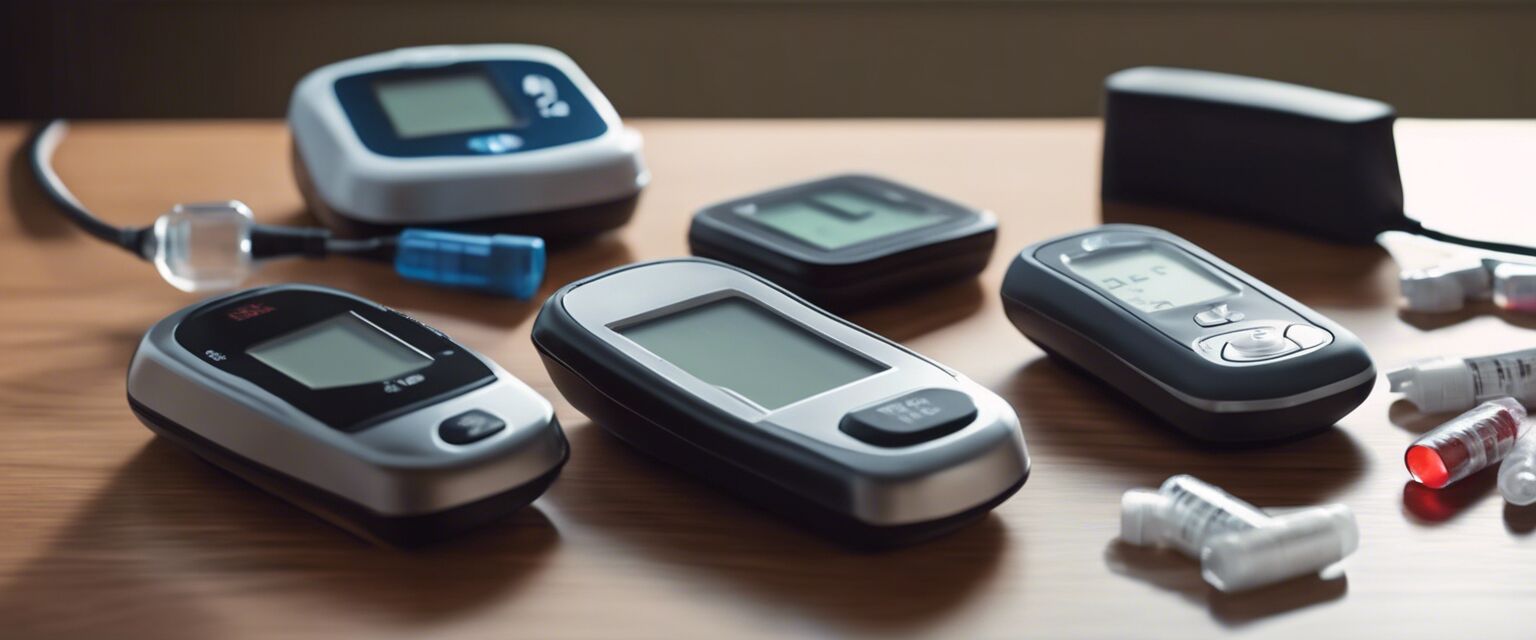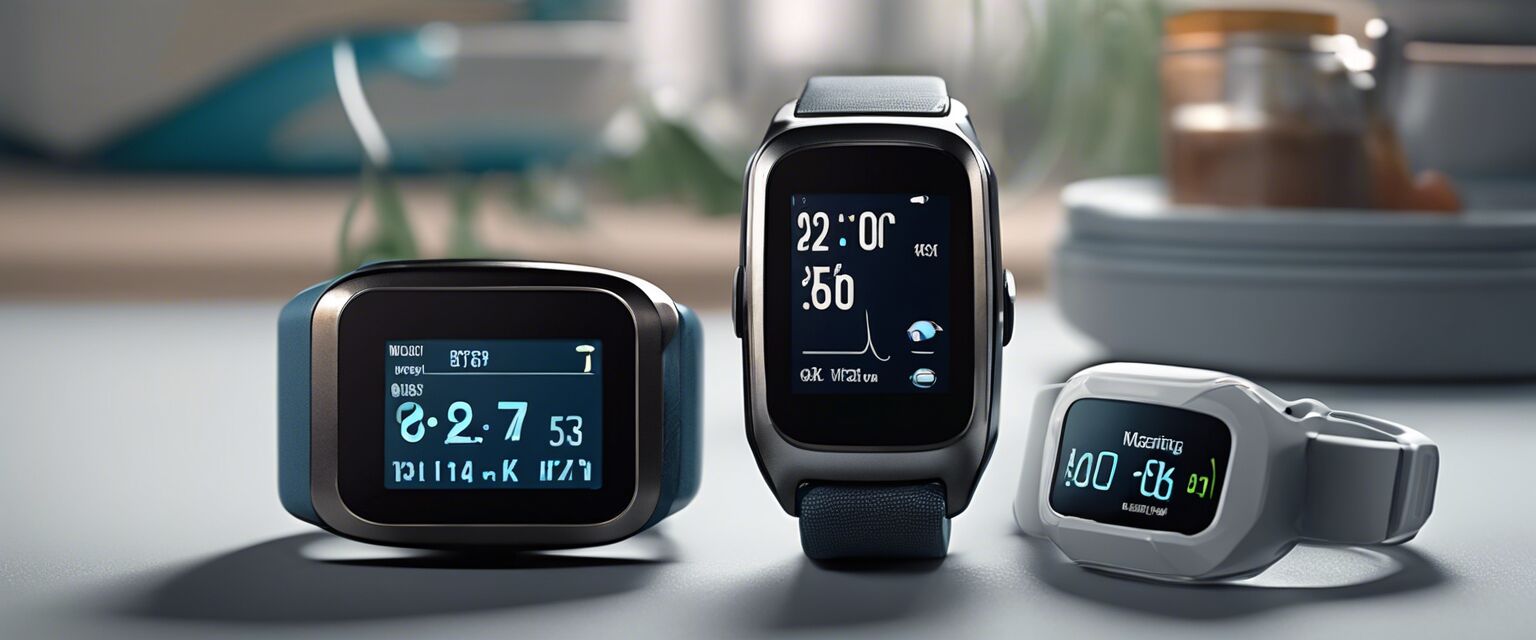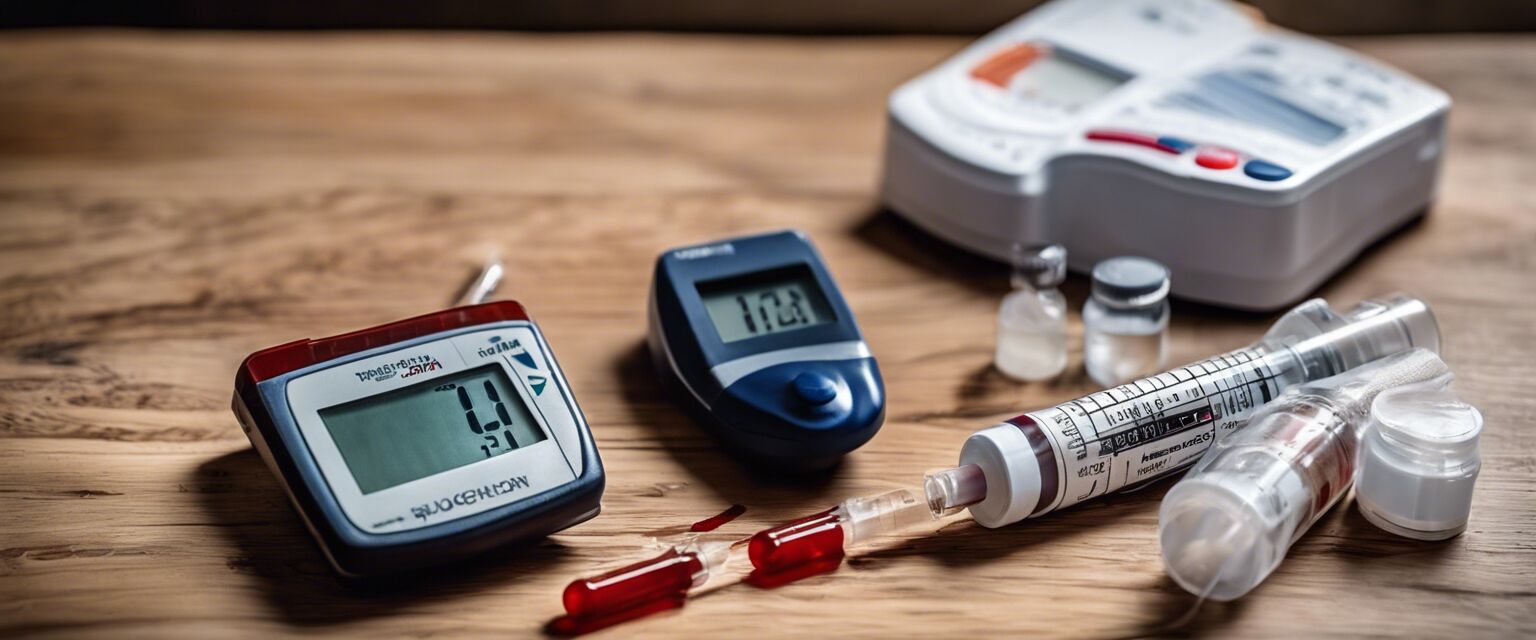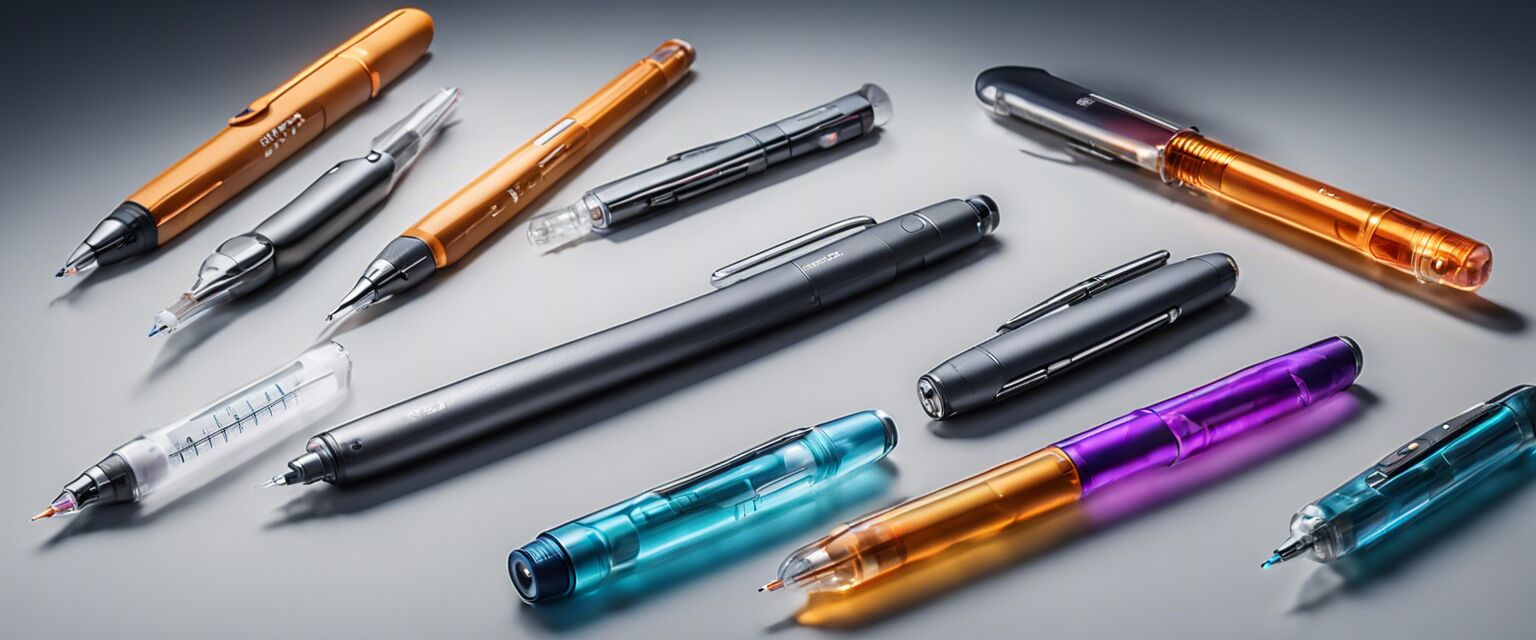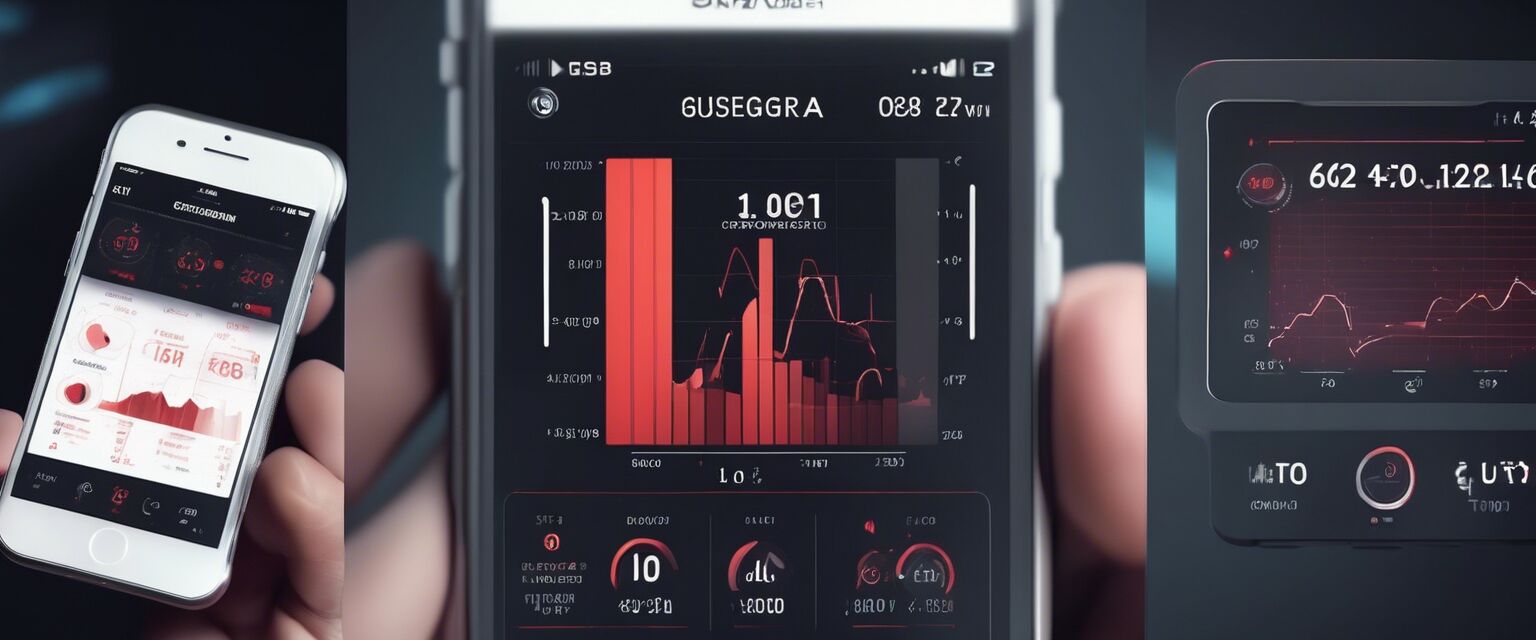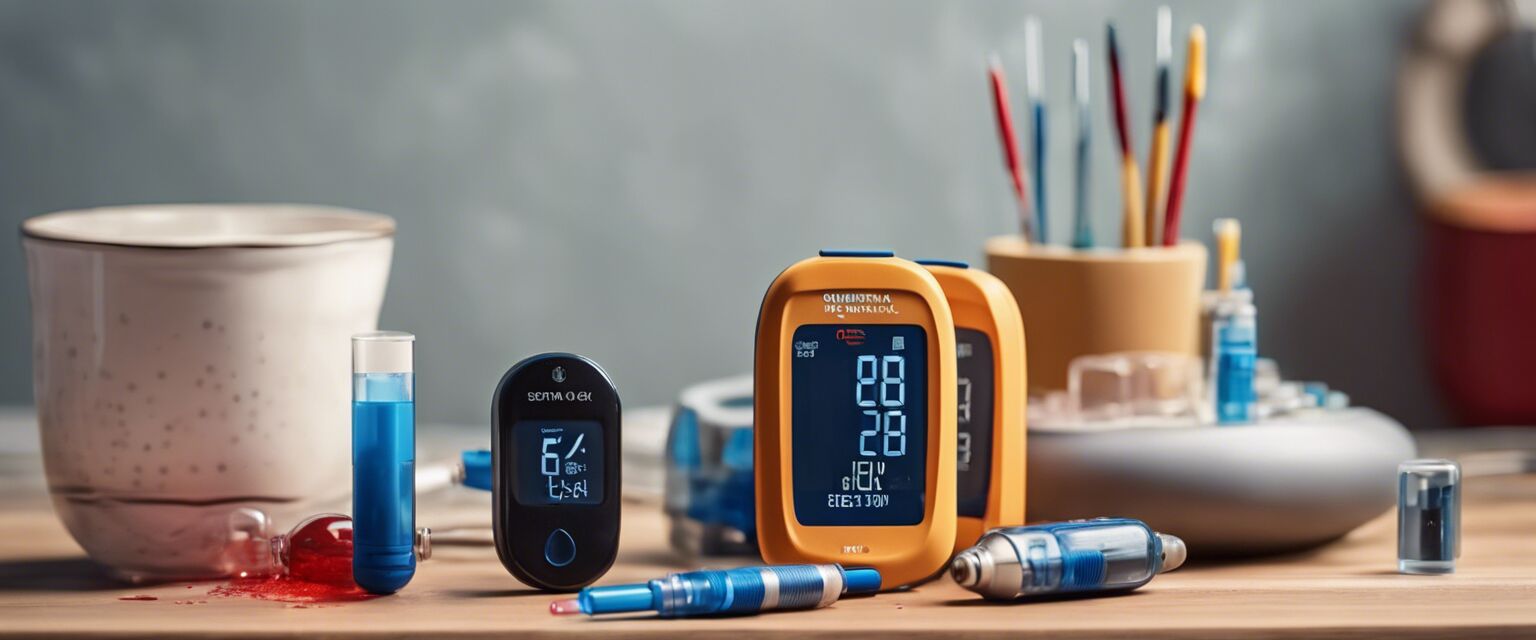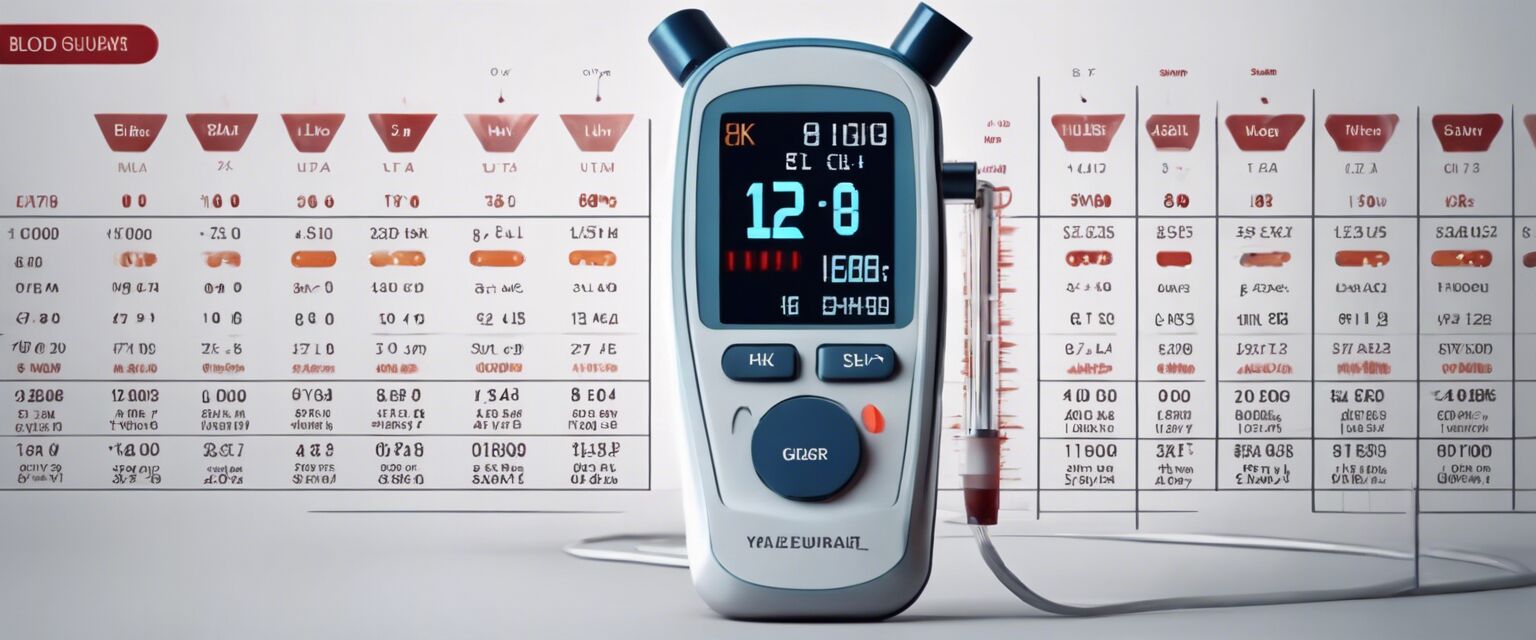
Continuous Glucose Monitors (CGMs)
Key Takeaways
- Continuous Glucose Monitors provide real-time blood sugar readings.
- They help in managing diabetes effectively by tracking glucose levels.
- CGMs come with various features such as alerts and data sharing.
- Choosing the right CGM is vital for effective diabetes management.
Continuous Glucose Monitors (CGMs) are rapidly becoming an essential tool for individuals managing diabetes. Unlike traditional fingerstick methods, CGMs provide real-time glucose monitoring, allowing users to make informed decisions about their health. In this comprehensive overview, we will delve into the technology, benefits, and considerations of CGMs, along with a comparison of various models available in the market.
What is a Continuous Glucose Monitor?
A Continuous Glucose Monitor (CGM) is a device that tracks blood glucose levels continuously throughout the day and night. It consists of a small sensor placed under the skin, usually on the abdomen or arm, which measures glucose levels in the interstitial fluid. The data is then sent to a monitor or smartphone app, providing real-time insights into glucose fluctuations.
How Does CGM Work?
Understanding how CGMs work is crucial for anyone considering using one. Hereâs a simplified breakdown:
- The sensor is inserted under the skin, typically using a small applicator.
- It measures glucose levels in the interstitial fluid every few minutes.
- The data is transmitted wirelessly to a device or smartphone app.
- Users can view trends, patterns, and receive alerts for high or low glucose levels.
Benefits of Using a CGM
CGMs offer numerous advantages over traditional blood glucose monitoring methods, including:
- Real-time monitoring: Users receive continuous updates on their glucose levels.
- Trend analysis: CGMs provide insights into how factors like food, exercise, and stress affect glucose levels.
- Alerts: Many CGMs have customizable alerts for high and low glucose levels.
- Data sharing: Some devices allow users to share data with healthcare professionals or family members.
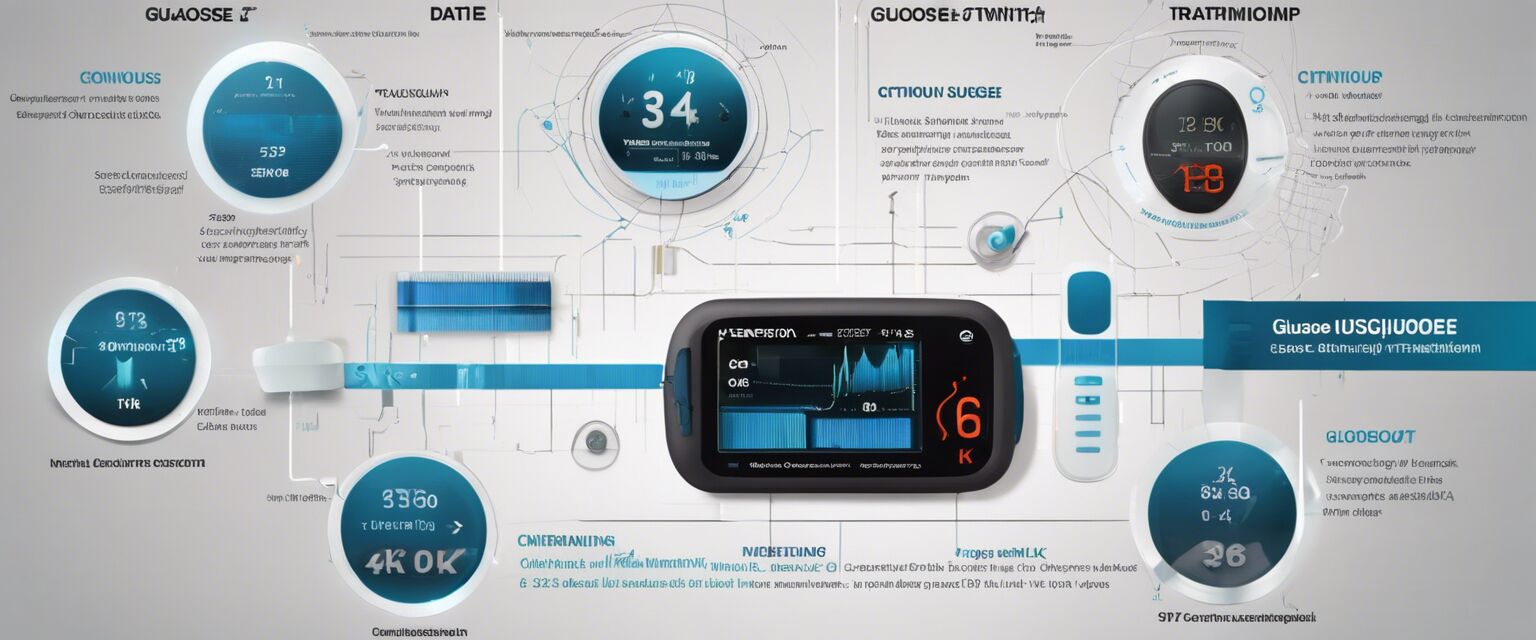
Types of Continuous Glucose Monitors
There are various types of CGMs available, each with unique features tailored to different user needs. Below is a comparison of some prominent CGM categories:
| Type | Description | Average Wear Time |
|---|---|---|
| Traditional CGMs | Devices that measure glucose levels and require sensor replacement every few days. | 7-14 days |
| Flash Glucose Monitors | Require users to scan the sensor for glucose readings, providing data on demand. | 14 days |
| Smartphone-Compatible CGMs | Can sync with smartphones for easy tracking and data sharing. | 10-14 days |
| Wearable CGMs | Integrated into wearable devices, offering additional health tracking features. | Varies |
Choosing the Right CGM
When deciding on a CGM, consider the following factors:
- Accuracy: Look for devices with proven accuracy rates.
- Integration: Some CGMs can integrate with insulin pumps or other diabetes management tools.
- Cost: Evaluate your budget, including insurance coverage options.
- Ease of use: Choose a device that fits comfortably into your lifestyle.
Pros
- Provides 24/7 glucose monitoring.
- Helps in adjusting diet and medication effectively.
- Reduces the need for frequent fingerstick tests.
Cons
- Can be expensive without insurance coverage.
- May require calibration with fingerstick tests for accuracy.
- Some users may experience skin irritation from the sensor.
Popular Continuous Glucose Monitors
There are numerous models of CGMs available. Below is a summarized table of some popular options:
| Model | Features | Price Range |
|---|---|---|
| Model A | Real-time glucose monitoring, alerts, smartphone compatibility. | $300-$600 |
| Model B | Flash glucose monitoring, long battery life, data sharing. | $200-$500 |
| Model C | Wearable, integrates with fitness trackers, customizable alerts. | $350-$700 |
Conclusion
Continuous Glucose Monitors are revolutionizing diabetes management, offering users a convenient way to monitor their blood sugar levels. With various models available, it's essential to choose a device that best fits your lifestyle and needs. For more information on CGM options, check out our sections on Advanced Health Monitors and Smartphone-Compatible Monitors.
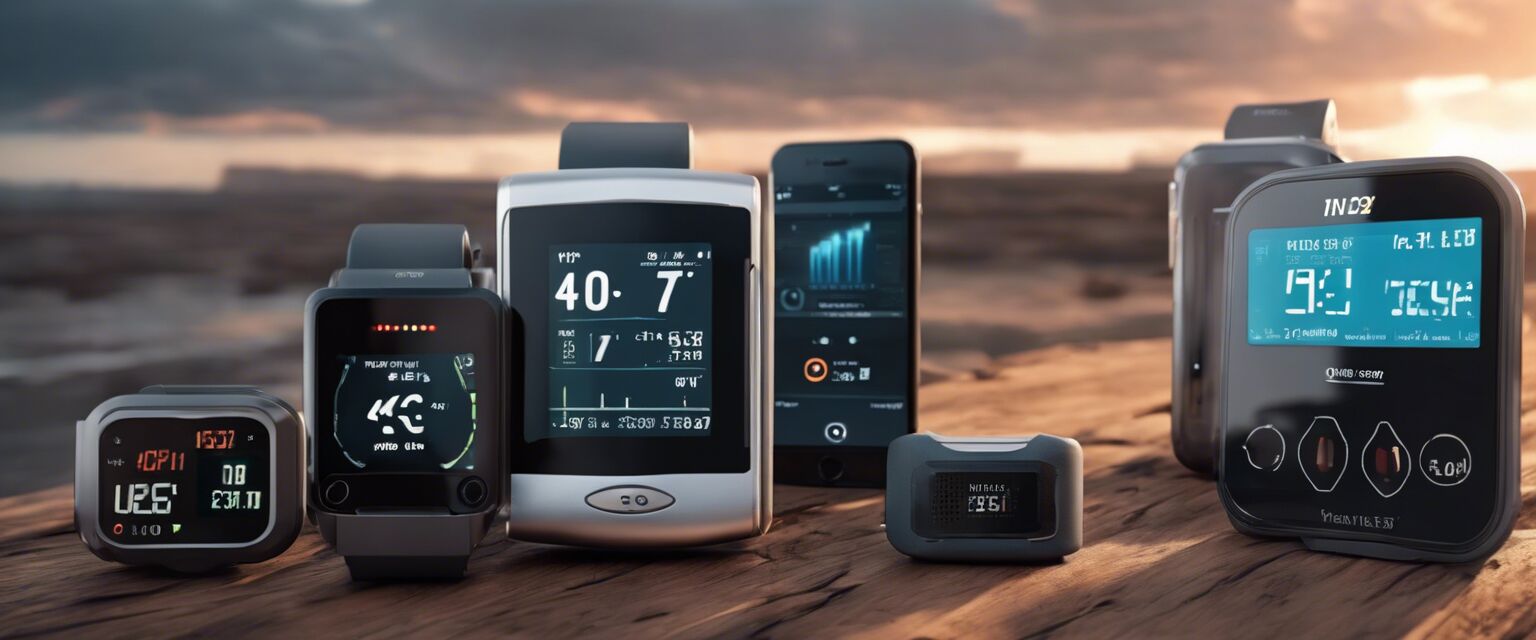
Tips for Beginners
- Start by consulting with a healthcare professional to determine if a CGM is right for you.
- Familiarize yourself with the deviceâs features and how to read the data.
- Keep a log of your glucose levels to discuss with your healthcare provider.
- Stay updated on new technology and options in the CGM market.
